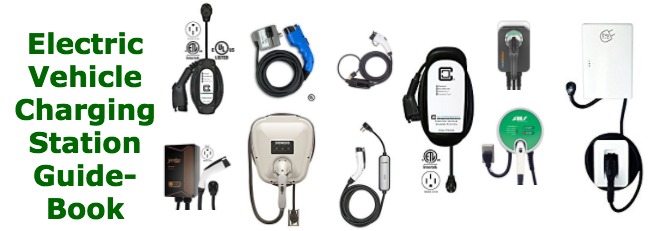Hi All,
I am a vectrix rider, and I am starting trying to understand ev basics ... I am reading dozens on post containing different terms that i don't understand .
is there a book summarizing basics ?
If I understand well bat cells have a max and min voltage and temperature figures not to be exceeded, the charge and discharge is controlled by a BMS preventing overcharges and low volatages and preventing overheat .
also the bms controls the max current drained from the batt avoiding the motor to pump too mutch energy at the same time
the bms (when it is implemented on the ev) monitors those temps and voltage datas via a sensor chain connected toghether via a canbus exchange data protocole .
What I don't understand is how the bms controls the cells, of the cell group ?
in case a cell, or a group of cell is out of the temp and voltage limits what happends ?
do every cell end by a sort of power tap permitting to control the output ? what are those compoments ?
is the bad cell isolated it's group when out of it's limits ?
sorry for the stupid questions .
in fact I'd like to built a small electric karting for my son and at the same time try to unederstand the basics .
regards
jean mi



Not Stupid questions.
Where are you located?
May be time for a phone chat......
Juiced.....
I usually recommend "Build Your Own Electric Vehicle" by Robert Brandt (or is it Richard Brant?). It covers a lot of the basics and also has a good treatment of the math and equations behind the inevitable questions regarding "how many batteries do I need?"
Unfortunately BMS's are all somewhat different. There's also another component involved often just called a "controller". The controller is different based on the type of motor you used - broadly speaking the three most popular types of motor are (1) AC (what's used in your Vectrix) (2) Brushless DC (what's used in the C1x and quite similar to the AC in many respects) & (3) Brushed DC (the simplest and often what would be used in a electric kart project).
The controller can also monitor for pack level over and under voltage situations. The BMS looks at the pack with a finer granuality - the best BMS's treat every cell individually. Others treat sub-sections of the pack (the Vectrix takes this approach and it causes problems - see Mik's posts for more detail).
Strictly speaking some BMS's can control this (but I think it's fair to say most don't) - however, I think the component you're thinking of is the motor controller (described above).
That's one way of doing it (the VX-1 does this). But it can also be done without digital control. See the http://endless-sphere.com forum for lots of good discussions on BMS's.
Mik is the best person to describe how the VX-1 implements its BMS.
On the C1x each cell is monitored for voltage. When a cell reaches the pre-determined voltage that equates to "full" we turn on a shunt that bypasses the current around the cell. When the first cell reaches full we reduce the charging current (because these shunts can only bypass 0.5A). When the last cell reaches full we switch off the charger (there's no need for a "trickle" or "float" charge). During discharge the BMS monitors for undervoltage - and as soon as anyone cell goes under the pre-determined minimum the controller is shut off. Go to the endless-sphere.com forum and search for "Fletcher Goodrum BMS" and you'll find the design we're using (which was created and developed by Garry Goodrum and Robert Fletcher - we're working with them on our version)
The reason a BMS is good is because it can deal with the fact that the cells respond differently and it can make sure they all stay within their safe operating ranges.
(a) they're excellent questions & (b) I can only ask and answer question in my native tongue so I give you kudos for your excellent english (I'm assuming you're in france and a native french speaker?)
learning through doing is great fun!
John H. Founder of Current Motor Company - opinions on this site belong to me; not to my employer
Remember: " 'lectric for local. diesel for distance" - JTH, Amp Bros || "No Gas.